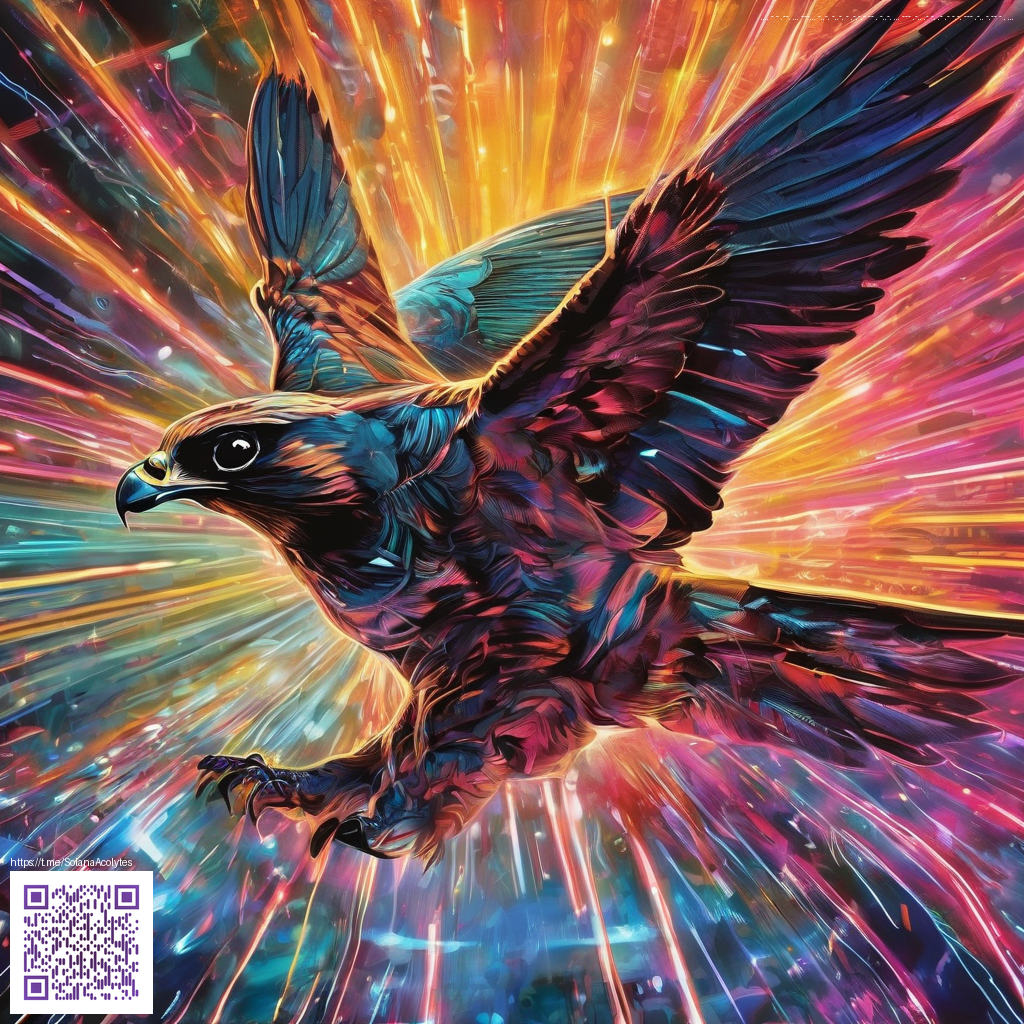
Exploring the Layers of Narrative Craft in The Legend of Zelda Tears of the Kingdom
The latest chapter in Link and Zelda's saga builds on a foundation laid by its predecessor, leaning into memory, mystery, and a world that morphs as you play. The storyline threads together surface exploration with hidden histories, inviting players to piece together why events unfold the way they do rather than simply what happens next. It’s a narrative approach that rewards curiosity, attention to detail, and the kind of speculative thinking that fans bring to every corner of Hyrule.
At the core, the game uses a layered storytelling structure. You roam across expansive landscapes and skyward domains, but every temple, ruin, and memory fragment acts like a knot in a larger tapestry. The design nudges players to connect seemingly isolated moments – a fragment of a memory here, a rumor there, a fading echo of a forgotten voice – into a coherent arc. This method creates a sense of living history rather than a static quest log, and it’s a trait that resonates with the series’ long tradition of environmental storytelling 🎮.
Storytelling architecture and world building
What stands out is how the game fuses exploration with lore. Densely packed ruins, shifting platforms, and memory sequences function as narrative signposts. They invite players to read the world as a conversation between past and present, where each discovery reframes what you thought you knew about Hyrule’s fate. The result is a sense of discovery that feels earned, not handed to you by a cutscene or a prompt in the quest log.
Community theories often orbit around how restraint and spectacle are balanced. The world pushes players to ask not only what happened, but why the past matters for future choices. In practice this means you’re making interpretive leaps that land you in new moral gray zones rather than clean-cut hero arcs. The thrill comes from threading your own interpretation through the evidence the game lays out across shrines, dungeons, and ruined corridors 🗺️.
Character momentum and motivations
The interplay between Link and Zelda remains central. Rather than delivering a single clear line of heroism, the narrative emphasizes motive, consequence, and the costs of choices made in the name of protecting a world that seems to demand more of its champions with every revelation. The silence of the protagonist and the emotional cadence of Zelda’s decision making are not filler; they’re deliberate design choices that push players to read between the lines. This fosters a sense of investment that goes beyond battle tactics and into character conviction.
From a community standpoint, fans debate how much agency the player should feel in shaping the outcome. Some see the storyline as a co-authored experience where player actions tilt the scale of destiny, while others celebrate a more deterministic arc guided by player discovery. Either way, the narrative succeeds when it sparks discussion long after the credits roll, a hallmark of a living, shared universe 🧠.
Lore, mystery, and the Zonai puzzle
The lore threads weave through Zonai architecture, ancient rites, and the enigmatic forces underpinning the world’s magic. The way fragments of legend surface across multiple locations creates a collage of myths that players must assemble. This design fosters a community culture of theory crafting, with rotating interpretations about how old beliefs influence present challenges. It’s a tapestry that rewards careful observation and patient play, turning exploration into a storytelling exercise.
Fans often treat the world as a character itself, with its own desires and secrets. The thrill, then, is less about a single twist and more about the slow unveiling of a complex self story that mirrors how real history accumulates layers over time. That sense of depth is what keeps players revisiting locations, re-reading inscriptions, and testing new theories with every playthrough ⚔️.
Patches, updates, and how they reshape narrative play
Updates surrounding the game have touched more than balance and performance. Patch notes described by outlets in the last year show how new features and stability improvements ripple through the story experience. For instance, a major patch introduced a streamlined way to redeem items from the system channels, which in practice reduces friction when you’re chasing in-world rewards tied to memory sequences. It’s a reminder that how you engage with the story can shift as the game evolves, making revisit runs feel fresh rather than repetitive. The ongoing patch cadence signals Nintendo’s commitment to refining the storytelling loop without diluting its core ambitions.
Modding culture and fan interpretation
Even with a portable console as the primary home for this epic, the broader community energy around Breath of the Wild’s legacy seeps into Tears of the Kingdom. Modders and content creators dissect narrative via comparative playthroughs, lore breakdowns, and spontaneous theory streams. The result is a vibrant ecosystem where storytelling is not a solitary journey but a living conversation. That culture of interpretation helps to keep the narrative conversations lively long after the initial shock of major reveals fades away 🎧.
Developer commentary and design philosophy
Interviews with the development team highlight a deliberate focus on environmental storytelling and player-driven discovery. The balance between guiding the player and inviting personal interpretation appears central to the design ethos. The team’s language around memory, consequence, and world-building suggests a conscious choice to grant players the reins of meaning while still tethering them to a cohesive, interwoven mythos. This approach reinforces the sense that every corner of the map contains a thesis about the world’s past and its possible futures.
For players who want to enrich their sessions during long marathons of exploration, a quality mouse pad with a polyester surface can extend comfort and precision in high-stakes combat or meticulous scavenger hunts. It’s a small upgrade that pairs well with the big picture: the joy of piecing together a sprawling narrative while chasing every optional memory fragment and legend the world hides.
Non-slip Gaming Mouse Pad with Polyester Surface